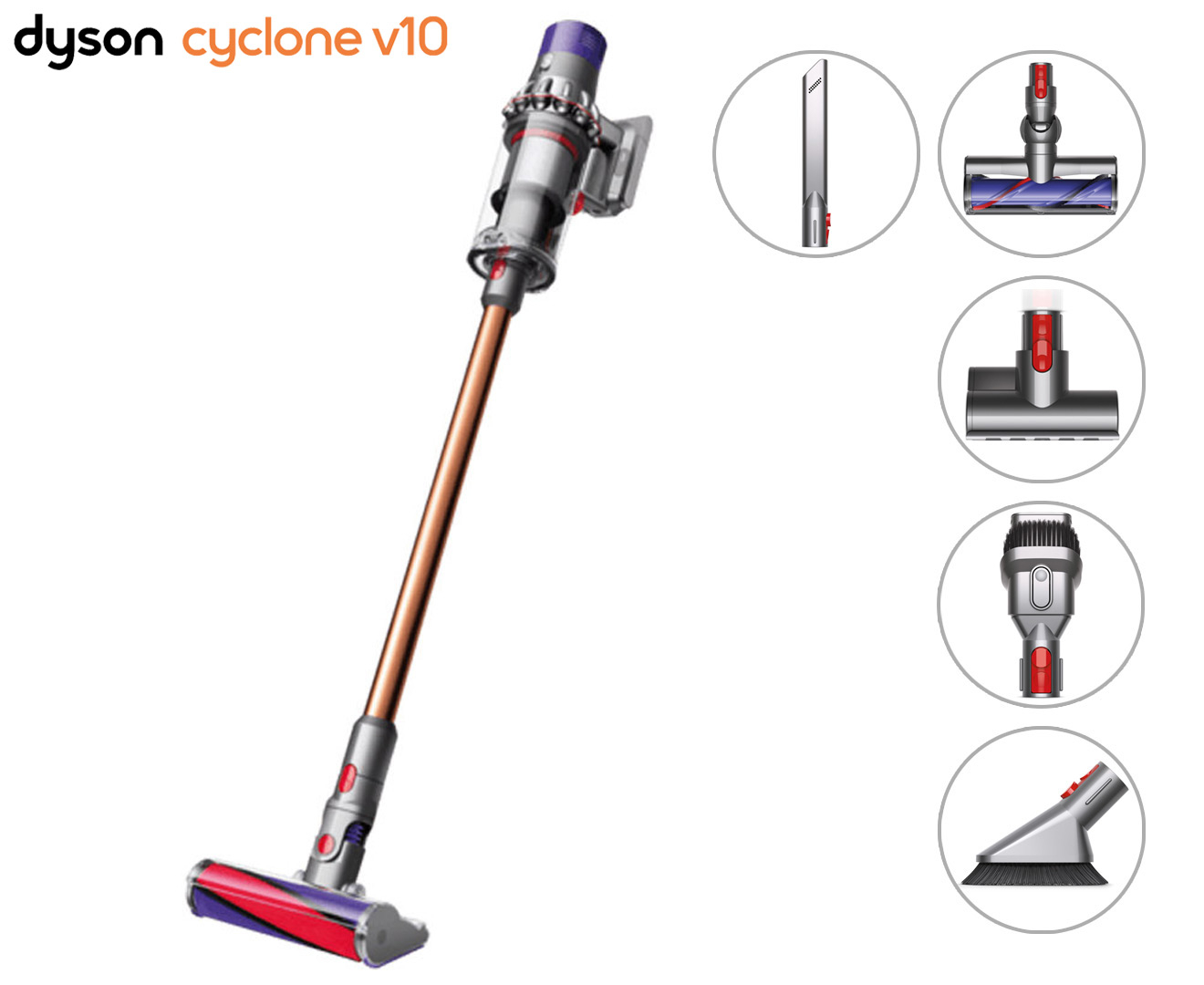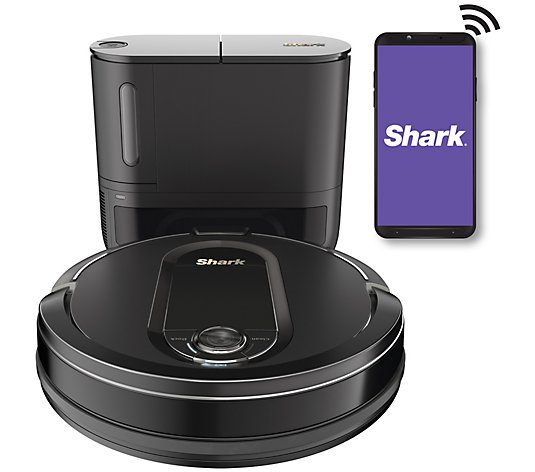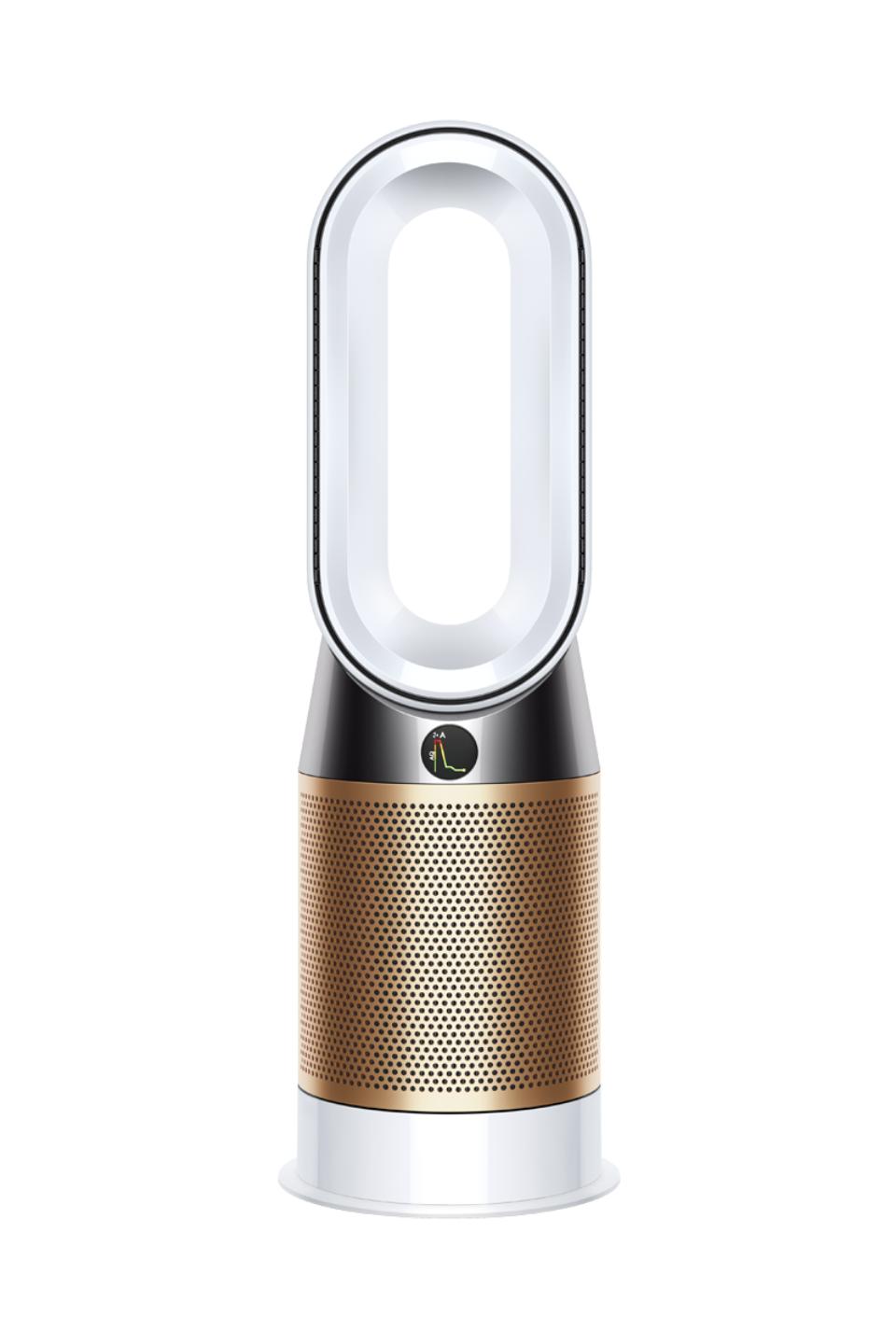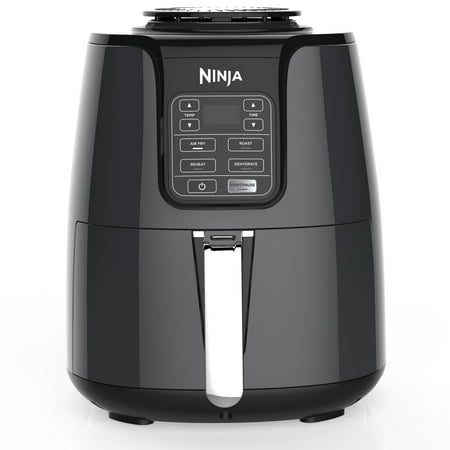Dyson Cyclone V10 Absolute+ Cordless Vacuum Cleaner – Australia
Powered by the Dyson digital motor V10. Powerful suction to remove hidden dust and dirt. Constant, powerful fade-free suction to clean anywhere. Up to 60 minutes of fade-free power. Powerful suction to clean your home and car. Direct Drive cleaner head. Stiff nylon bristles remove ground-in dirt from carpets, and soft anti-static carbon fibre filaments remove fine dust from hard floors.
The Dyson Cyclone V10 Absolute+ is powered by the V10 digital motor, generating powerful suction and delivering up to 60 minutes of fade-free power. With a bigger bin and no-touch hygienic bin disposal for easy and effective floor to ceiling cleaning, the Dyson V10 Absolute+ offers three power modes to choose from, ideal for a variety of cleaning tasks. Gentle on hard floors and touch on dirt, the Dyson V10 Absolute+ makes top to bottom cleaning even easier to reach under furniture and up high for dust and cobwebs. The mini motorised tool tackles pet hair and deep down dirt embedded in carpets, rugs and furniture and can easily be transformed into a handheld vacuum cleaner in just one click.
What’s in the box?
- Dyson Cyclone V10 Absolute+
- Direct Drive cleaner head
- Soft roller cleaner head
- Docking station
- Combination tool
- Crevice tool
- Mini motorised tool
- Soft dusting brush
- Flexi crevice tool
- Extension hose
Features
- Powered by the Dyson digital motor V10. Powerful suction to remove hidden dust and dirt. Constant, powerful fade-free suction to clean anywhere.
- Up to 60 minutes of fade-free power. Powerful suction to clean your home and car.
- Direct Drive cleaner head. Stiff nylon bristles remove ground-in dirt from carpets, and soft anti-static carbon fibre filaments remove fine dust from hard floors.
- 30% more suction power than a Dyson V8 vacuum with three power modes to choose from.
- 2 cleaner heads, 7 extra tools.
- Acoustically engineered and designed to absorb vibrations and keep sound levels down.
Specifications
- Weight: 2.67kg
- Run time: Up to 60 mins
- Bin capacity: 0.76L
- Machine height: 1241mm
- Machine length: 250mm
- Colour: Copper
Additional information
| Weight | 2.67kg |
|---|---|
| Run time | Up to 60 mins |
| Bin capacity | 0.76L |
| Machine height | 1241mm |
| Machine length | 250mm |
| Colour | Copper |






by John
Battery life at the highest setting isn’t great, not long enough to complete cleaning the house, but understand the limitation and happy
by Harvey
Great machine. Really no need for a plug-in cleaner. Use this machine a few times a week and the whole house is spotless!
by Doug
Product as described, prompt delivery. Easy to use.